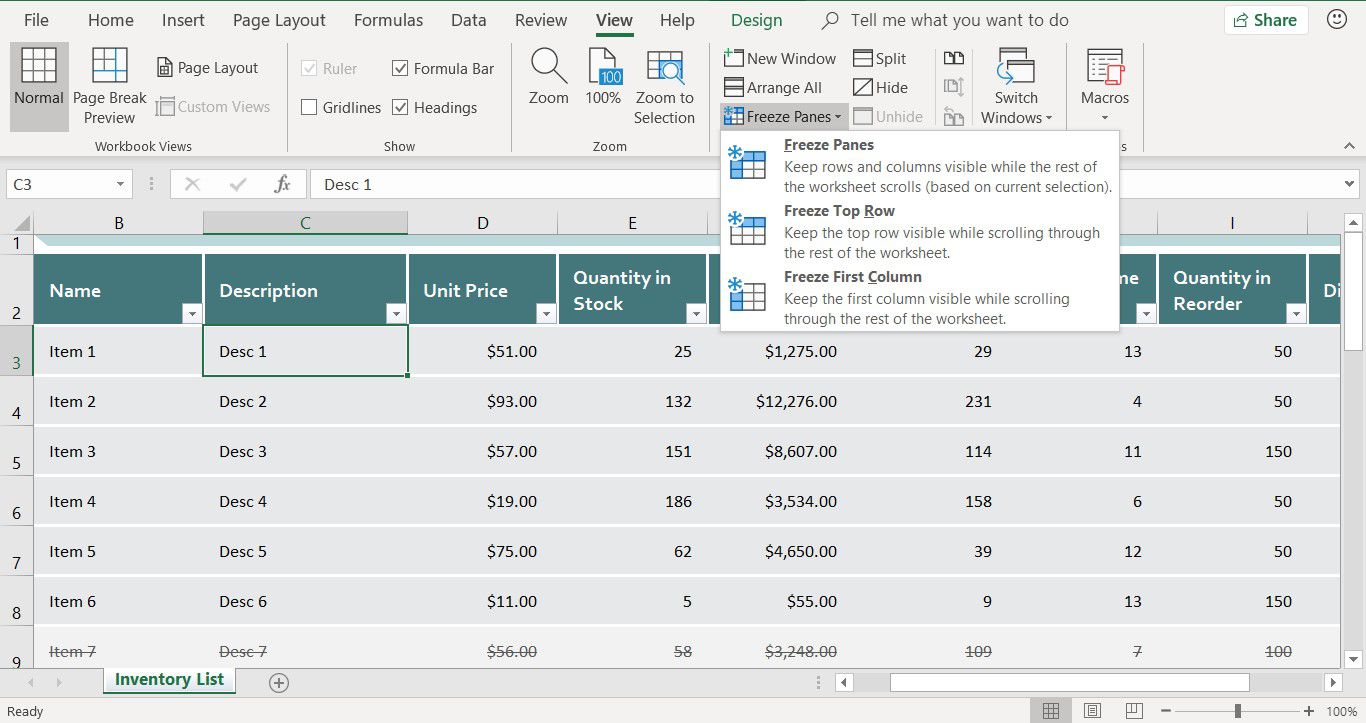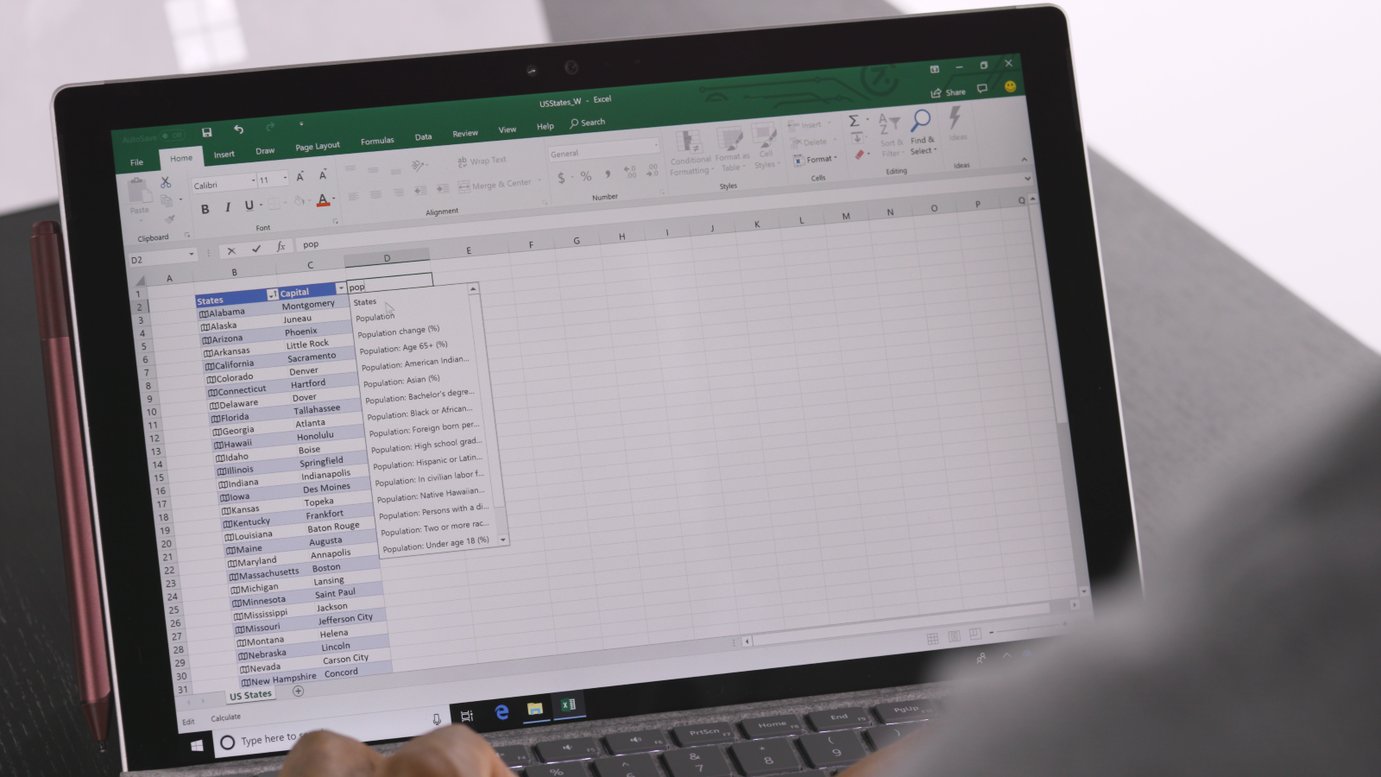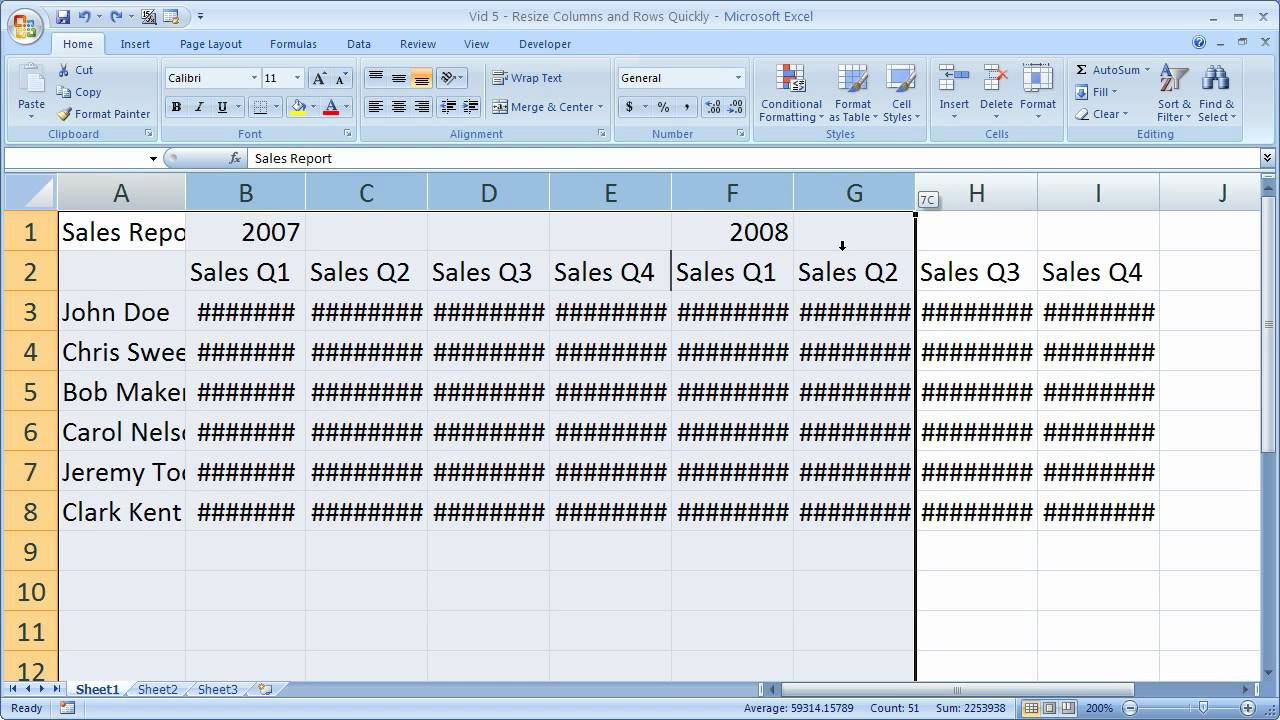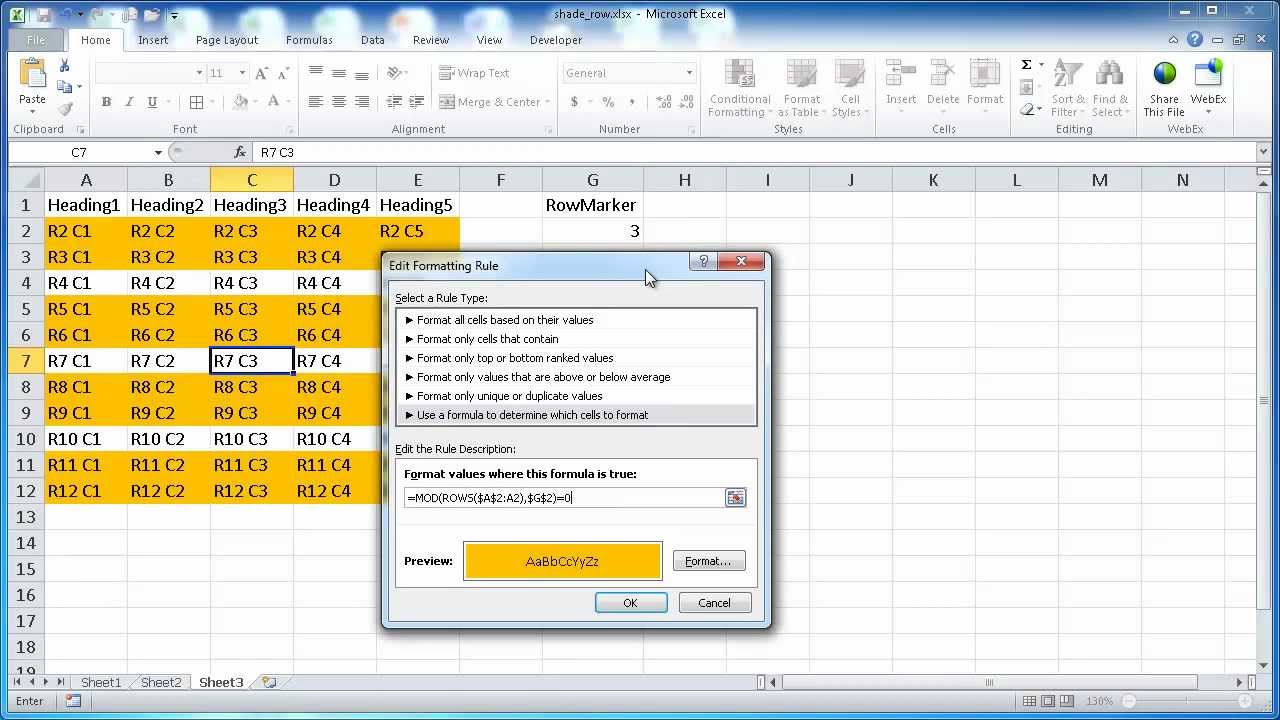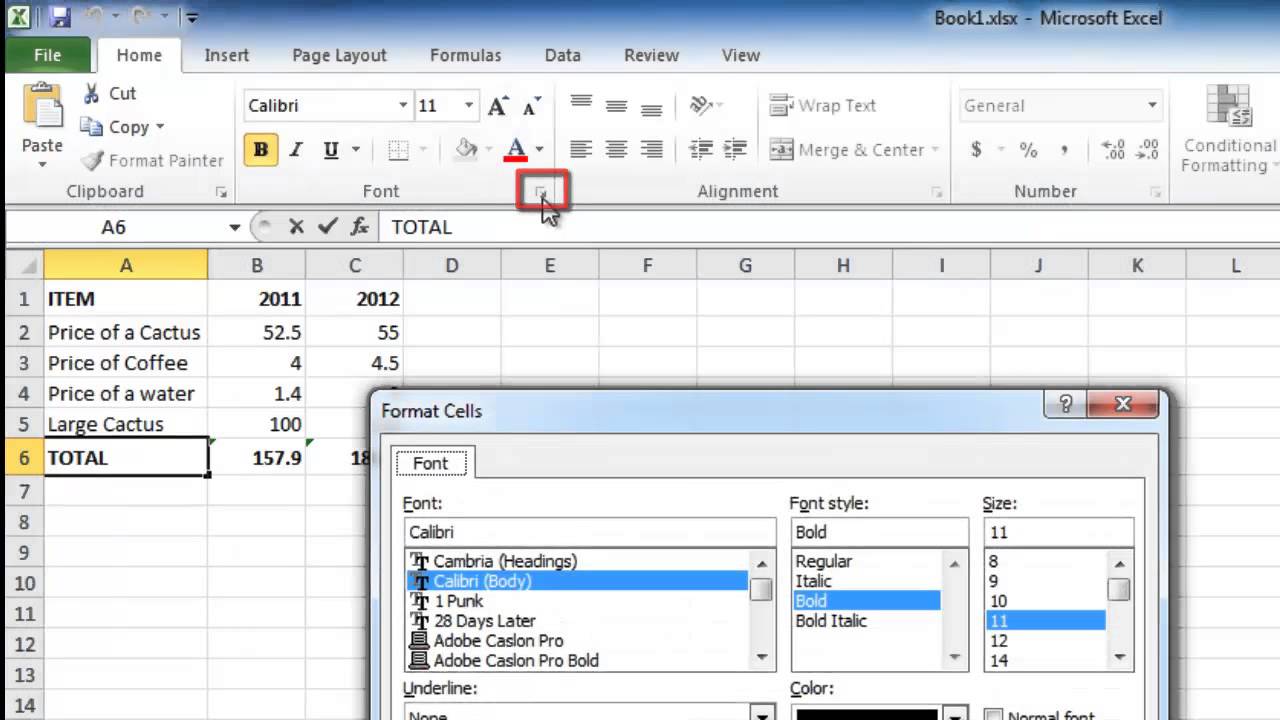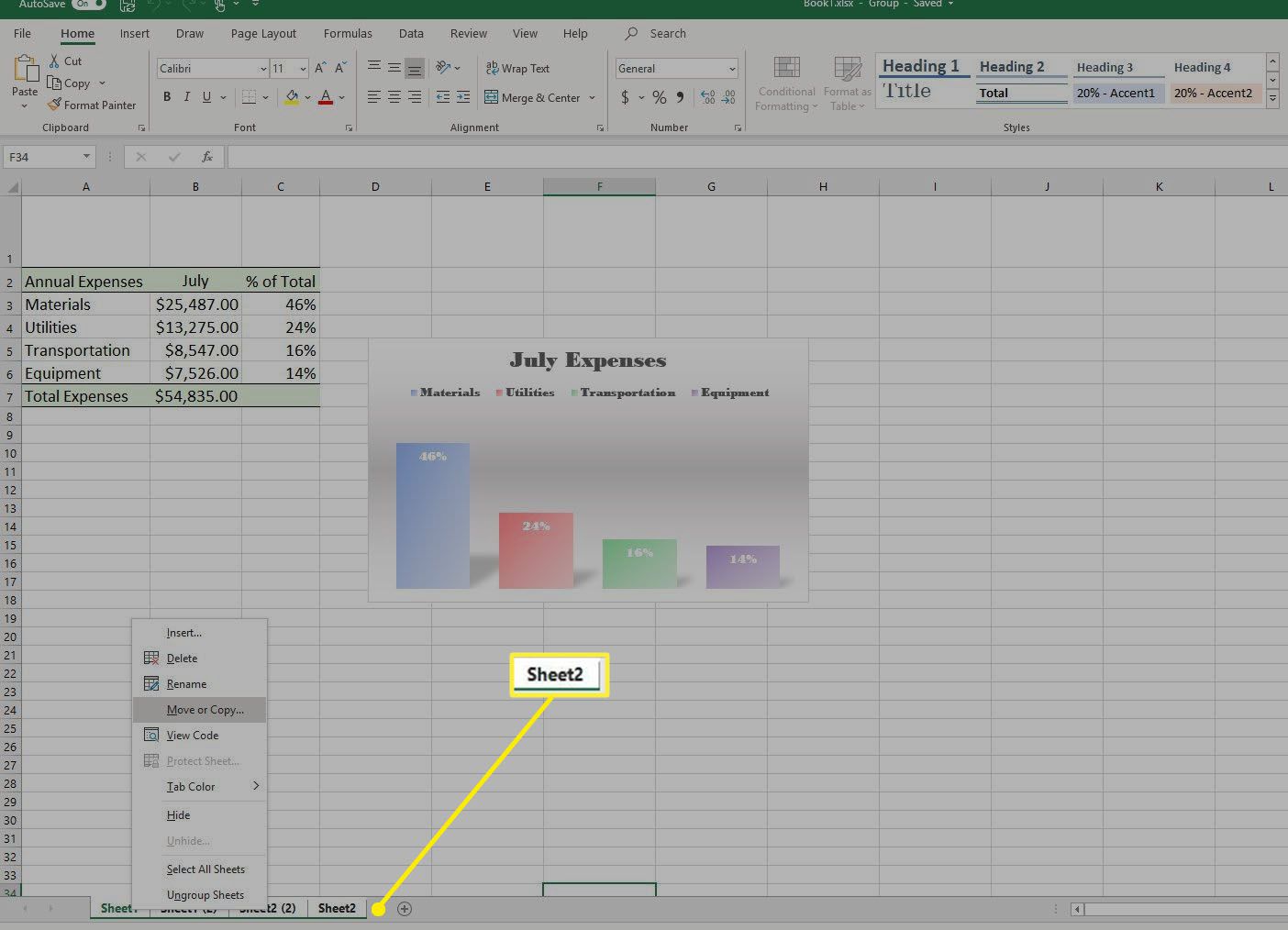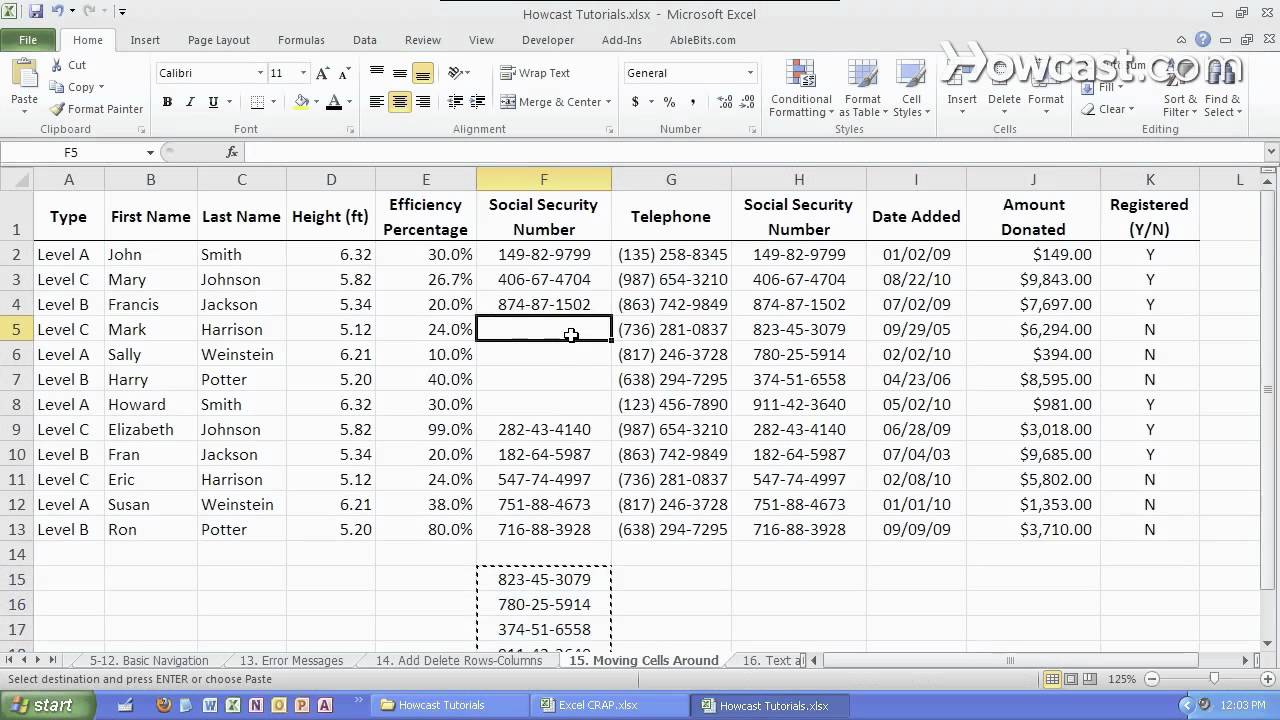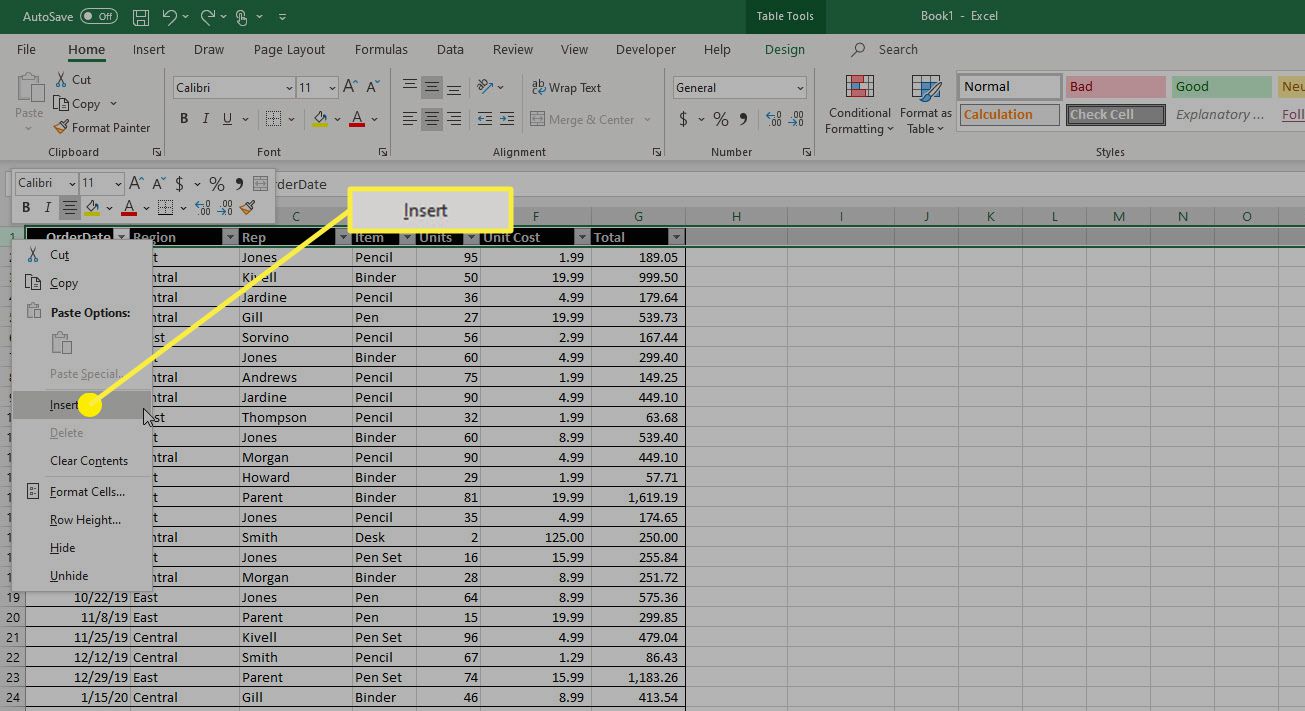Home>Technology and Computers>How To Insert Multiple Rows In Excel


Technology and Computers
How To Insert Multiple Rows In Excel
Published: February 26, 2024
Learn how to efficiently insert multiple rows in Excel with this comprehensive guide. Master the technology and computers aspect of Excel with ease.
(Many of the links in this article redirect to a specific reviewed product. Your purchase of these products through affiliate links helps to generate commission for Noodls.com, at no extra cost. Learn more)
Table of Contents
Introduction
Inserting multiple rows in an Excel spreadsheet can be a time-saving and efficient way to organize and manage data. Whether you are working with a large dataset or simply need to add additional rows for new information, knowing how to insert multiple rows can streamline your workflow and enhance productivity. In this article, we will explore three methods for inserting multiple rows in Excel, providing step-by-step instructions and tips to help you accomplish this task with ease.
By mastering these techniques, you can effectively expand your Excel skills and optimize your data management capabilities. Whether you are a seasoned Excel user or just getting started with the software, learning how to insert multiple rows will undoubtedly prove to be a valuable asset in your professional and personal endeavors. So, let's dive into the methods and discover how to efficiently insert multiple rows in Excel.
Read more: How To Insert A PDF Into Excel
Method 1: Using the Insert Option
One of the most straightforward methods for inserting multiple rows in Excel is by utilizing the Insert option. This feature allows you to seamlessly add new rows within your spreadsheet, maintaining the existing data structure while accommodating additional information.
To begin, open your Excel spreadsheet and navigate to the row where you want to insert multiple rows. Select the entire row by clicking on the row number on the left-hand side of the spreadsheet. Once the row is selected, right-click and choose the "Insert" option from the context menu. Alternatively, you can use the keyboard shortcut by pressing "Ctrl" and "+" simultaneously.
Upon selecting the Insert option, you will notice that new rows are added above the selected row, effectively shifting the existing data downwards. If you need to insert more than one row, simply repeat the process by selecting the newly inserted row and applying the Insert option again.
This method is particularly useful when you need to maintain the formatting and formulas associated with the existing rows. By using the Insert option, you can ensure that the integrity of your data is preserved, and any linked references or calculations remain accurate.
Furthermore, the Insert option allows for seamless integration of new rows, making it an efficient choice for expanding your spreadsheet without disrupting the overall layout. Whether you are organizing a financial report, creating a project timeline, or managing inventory data, the Insert option provides a user-friendly approach to incorporating multiple rows in Excel.
By mastering this method, you can enhance your data management capabilities and streamline the process of adding new information to your Excel spreadsheets. With the Insert option, you have a powerful tool at your disposal to efficiently insert multiple rows and maintain the integrity of your data structure.
Method 2: Using the Fill Handle
When it comes to inserting multiple rows in Excel, the Fill Handle feature offers a convenient and efficient method that can significantly expedite the process. The Fill Handle, represented by a small square located in the bottom-right corner of a selected cell, is a versatile tool that allows for quick replication of data, including the insertion of multiple rows.
To utilize the Fill Handle for inserting multiple rows, begin by selecting the number of rows you wish to insert. Once the desired number of rows is selected, hover the cursor over the Fill Handle, which will transform into a black crosshair icon. Click and drag the Fill Handle downwards to the desired position, effectively creating the specified number of new rows.
As you drag the Fill Handle, Excel will intelligently replicate the content from the selected rows, populating the newly inserted rows with the same data. This feature is particularly useful when you need to duplicate a specific set of information across multiple rows, such as when entering sequential numbers, dates, or formulas.
Moreover, the Fill Handle can be customized to suit various data patterns and formats. For instance, if you have a series of numbers or dates that follow a specific sequence, Excel can intelligently extrapolate the pattern as you drag the Fill Handle, automatically populating the new rows with the corresponding data.
The Fill Handle's versatility extends beyond basic data replication, as it also supports the insertion of complex formulas and functions. By dragging the Fill Handle, you can efficiently extend formulas across multiple rows, ensuring that calculations and references are seamlessly applied to the newly inserted rows.
This method offers a dynamic and intuitive approach to inserting multiple rows in Excel, empowering users to efficiently expand their datasets while maintaining consistency and accuracy. Whether you are managing project timelines, organizing inventory records, or creating data tables, the Fill Handle provides a user-friendly solution for inserting multiple rows and replicating data with precision.
By mastering the Fill Handle technique, you can elevate your Excel proficiency and streamline the process of adding new rows to your spreadsheets. Its seamless functionality and adaptability make it a valuable asset for enhancing data management capabilities and optimizing workflow efficiency.
Method 3: Using the Copy and Paste Method
The Copy and Paste method offers a flexible and versatile approach to inserting multiple rows in an Excel spreadsheet. This technique is particularly useful when you need to duplicate existing data or transfer information from one section of the spreadsheet to another, allowing for seamless expansion of your dataset.
To begin, select the rows that you want to duplicate. This can be done by clicking and dragging the mouse cursor to highlight the desired rows, or by holding down the Shift key and using the arrow keys to extend the selection. Once the rows are selected, right-click on the selection and choose the "Copy" option from the context menu. Alternatively, you can use the keyboard shortcut by pressing "Ctrl" and "C" simultaneously.
After copying the selected rows, navigate to the location where you want to insert the duplicated data. Click on the row below the desired insertion point to ensure that the new rows will be inserted in the correct position. Then, right-click on the selected row and choose the "Insert Copied Cells" option from the context menu. This action will effectively insert the copied rows into the spreadsheet, maintaining the original formatting and content.
The Copy and Paste method provides a high degree of flexibility, allowing you to duplicate not only the data but also any associated formatting, formulas, and cell references. This makes it an ideal choice for replicating complex data structures or transferring information between different sections of the spreadsheet.
Furthermore, the Copy and Paste method enables users to efficiently duplicate non-contiguous rows, providing the freedom to select and insert multiple sets of rows from various locations within the spreadsheet. This level of versatility makes it a valuable tool for managing diverse datasets and organizing information in a cohesive manner.
By mastering the Copy and Paste method, you can enhance your data management capabilities and expedite the process of inserting multiple rows in Excel. Whether you are consolidating data from different sources, creating summary tables, or duplicating recurring patterns within your spreadsheet, this method offers a practical and efficient solution for expanding and organizing your data with precision.
Conclusion
In conclusion, mastering the art of inserting multiple rows in Excel is a valuable skill that can significantly enhance your data management capabilities and streamline your workflow. By exploring the three methods outlined in this article, you have gained valuable insights into efficient techniques for expanding and organizing your spreadsheet data.
The Insert option provides a straightforward and reliable approach to adding new rows while preserving the integrity of existing data. Whether you are working with complex formulas, linked references, or intricate formatting, the Insert option ensures that the structure of your spreadsheet remains intact as you incorporate additional rows.
The Fill Handle emerges as a dynamic and versatile tool for replicating data and inserting multiple rows with precision. Its ability to intelligently extrapolate patterns, replicate formulas, and maintain consistency across the inserted rows makes it a valuable asset for managing diverse datasets and streamlining data entry tasks.
The Copy and Paste method offers flexibility and adaptability, allowing you to duplicate existing data, transfer information between different sections of the spreadsheet, and efficiently insert multiple rows while preserving formatting and content. This method is particularly useful for managing non-contiguous data sets and organizing information in a cohesive and structured manner.
By leveraging these methods, you can elevate your Excel proficiency and optimize your data management processes. Whether you are creating financial reports, organizing project timelines, managing inventory records, or analyzing large datasets, the ability to insert multiple rows with ease and precision is a fundamental skill that empowers you to excel in your data-driven endeavors.
As you continue to explore the diverse functionalities of Excel, incorporating these techniques into your repertoire will undoubtedly enhance your efficiency and productivity. Whether you are a seasoned Excel user or just beginning to explore the software's capabilities, mastering the art of inserting multiple rows will undoubtedly prove to be a valuable asset in your professional and personal pursuits.
In conclusion, the ability to insert multiple rows in Excel seamlessly aligns with the overarching goal of optimizing data management, fostering efficiency, and empowering users to harness the full potential of this powerful spreadsheet software.
